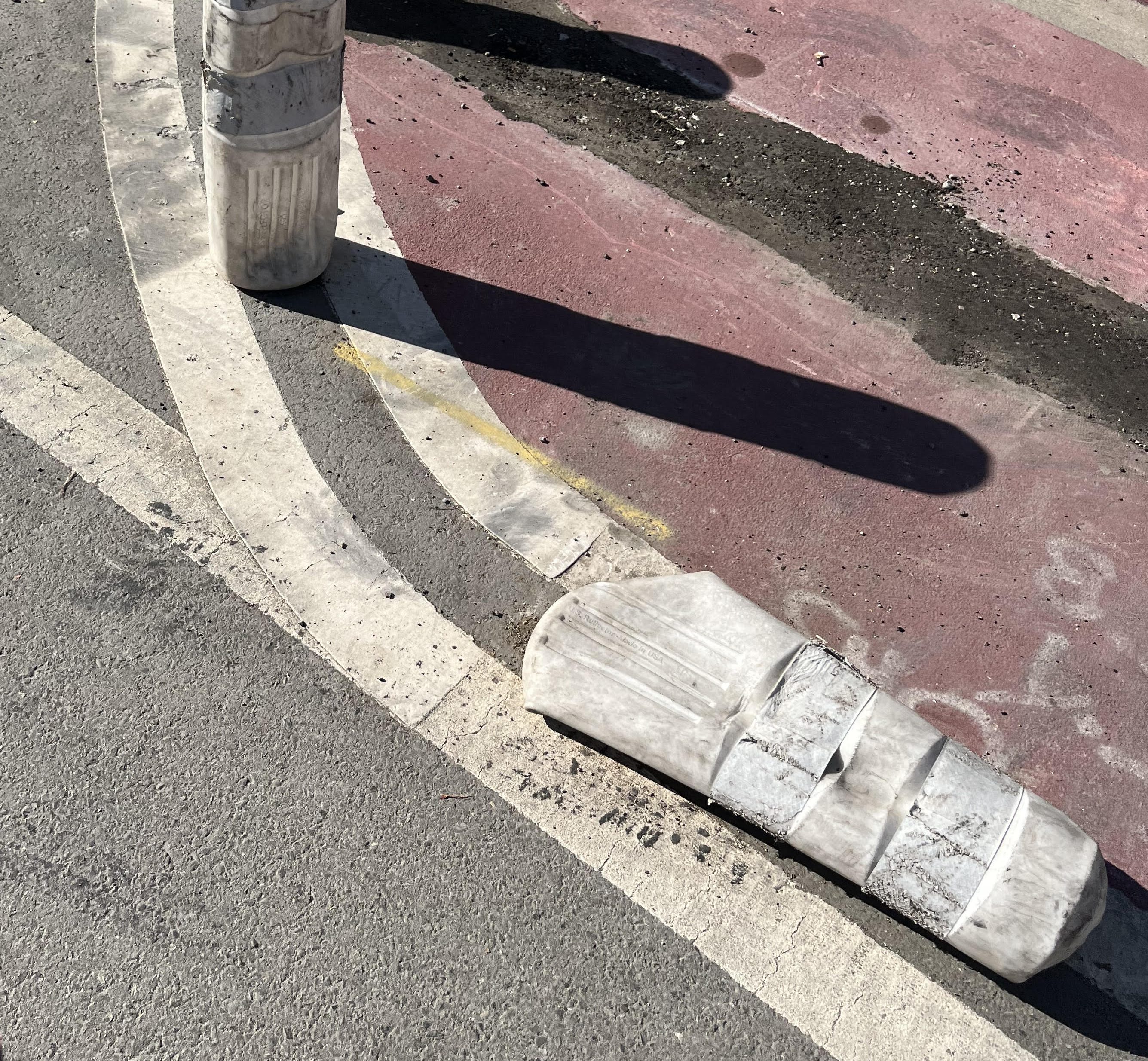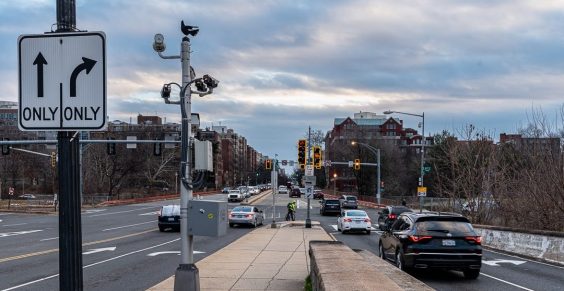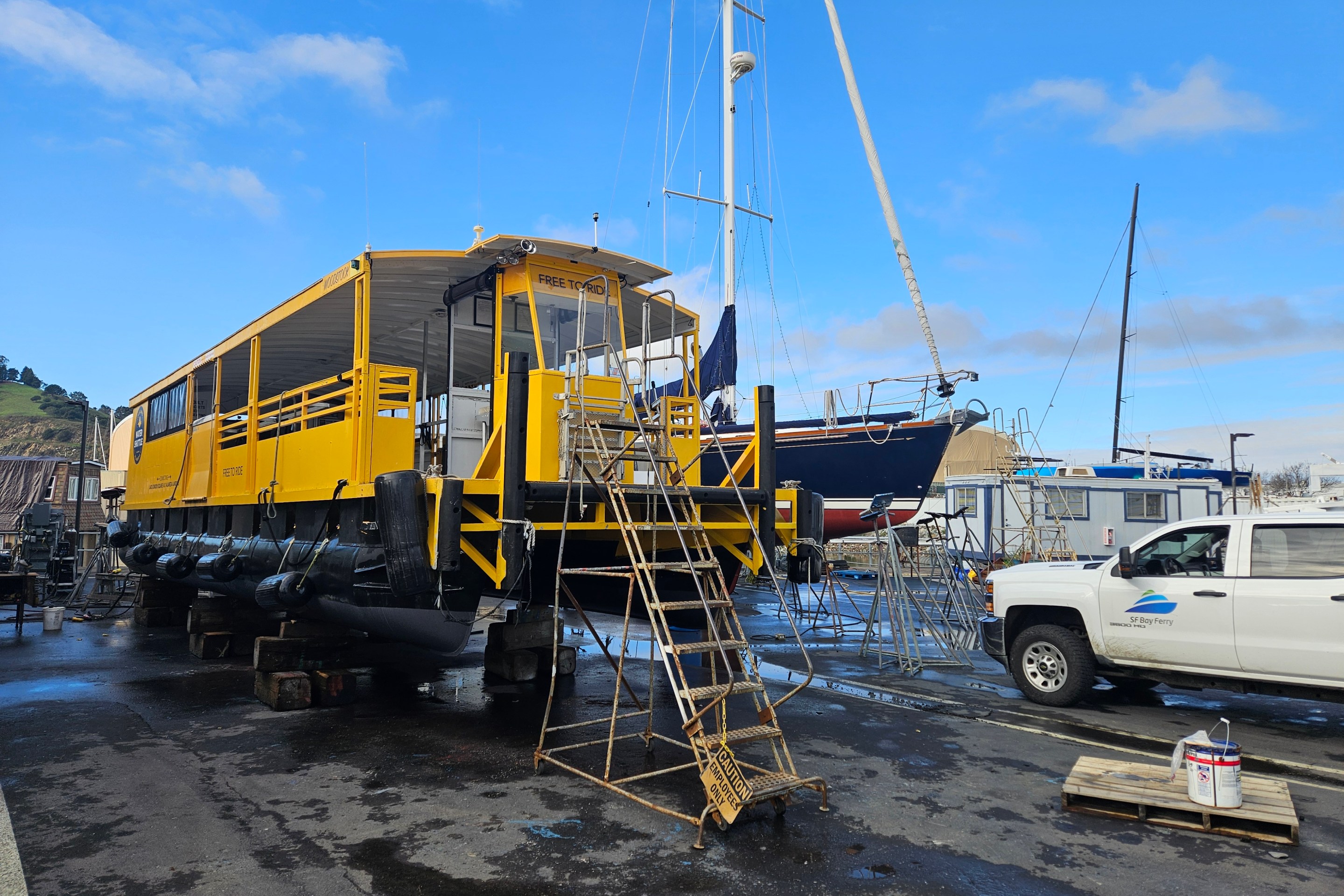Note: GJEL Accident Attorneys regularly sponsors coverage on Streetsblog San Francisco and Streetsblog California. Unless noted in the story, GJEL Accident Attorneys is not consulted for the content or editorial direction of the sponsored content.
On average, two people are severely injured or killed in a traffic crash each week on Oakland city streets. Our brothers, sisters, grandparents, cousins, parents and friends are dying from something that we can prevent. Oakland’s Department of Transportation (OakDOT) was created five years ago in part to lower these numbers, but the level of carnage continues despite Oakland committing to “Vision Zero,” a plan to eliminate traffic-related fatalities.
The solutions that can make our streets safer also happen to make our communities more equitable, sustainable and prosperous; the question is whether the City of Oakland and OakDOT have the will to protect us. Based on how Oakland handles so many of our other vexing challenges, I’m not optimistic that Oakland will ever be a Vision Zero city.
For example, Oakland’s Department of Transportation “toolkit” to keep pedestrians, bus riders, and bicyclists safe only includes paint and plastic cones. Who do you think will win? General Motors’ 9,000 pound electric Hummer or your 120 pound grandma waiting to cross the street behind a one-pound plastic cone?
OakDOT should focus on not just “rapid responses” but effective responses to traffic violence. That requires physical barriers between cars and vulnerable road users, plus consistent traffic enforcement against the most flagrant violators. Unfortunately OakDOT and the City of Oakland seem unable to do either of these things.
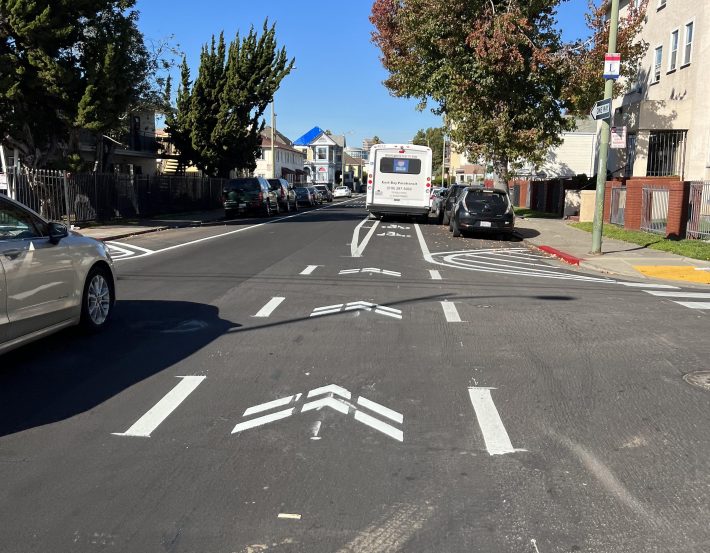
Even when flush with money for capital projects, OakDOT delivers projects years late and with minimal protections for the most vulnerable road users. On just the recent projects completed or in the planning stages in my neighborhood of Clinton, OakDOT has created almost five miles of bicycles lanes but they still depend on paint; none of them physically protect bicyclists from dangerous or inattentive drivers.
How can we encourage more people to travel sustainably by foot, bike or bus if you take your life into your hands every time you choose not to drive?

Lastly, in spite of Oakland making halting but meaningful progress in reducing discretionary and biased police stops over the last five years, the city decided last year to effectively stop any and all traffic enforcement. While OPD and enforcement are four-letter words in some circles, research shows that the certainty of punishment is a much more effective deterrent than the severity of the punishment.
When a ticket in the City of Oakland costs as little as $41 for blocking a bicycle lane with your car, do perceived social equity concerns trump the value of saving lives? Is saving $2 million a year in police overtime worth the cost of disbanding our Traffic Enforcement and Sideshow Enforcement units, in addition to eliminating two positions responsible for investigating the city’s 30-plus traffic deaths a year?
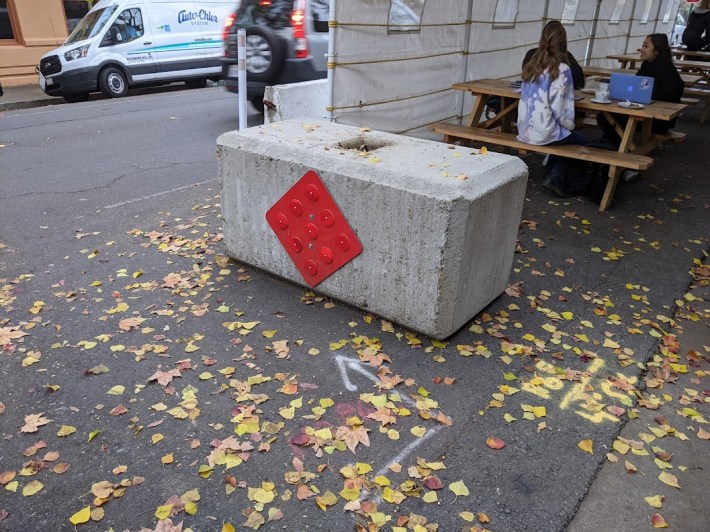
These are all hard questions that Oakland needs to ask itself when 25 percent of deadly crashes are caused by speeding and 33 percent of pedestrian deaths and severe injuries are caused by drivers refusing to yield at crosswalks.
In other words, does Oakland want to be a Vision Zero City or does it just want to talk about it?
***
Ryan Lester is a transit and Vision Zero advocate, a long-time Oakland resident, and recently served as a Co-Chair on the City's Reimagining Public Safety Task Force.
